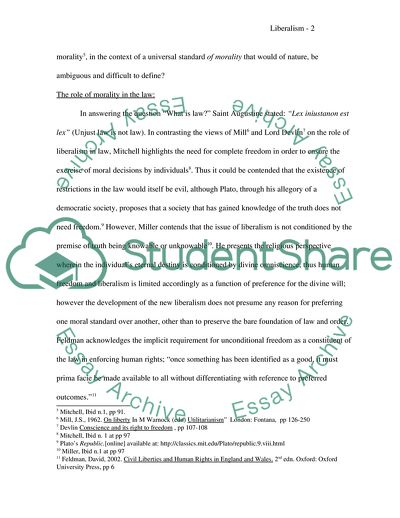Cite this document
(Philosophy Case Comment: Varieties of Liberalism Coursework, n.d.)
Philosophy Case Comment: Varieties of Liberalism Coursework. https://studentshare.org/philosophy/1703333-philosophy-case-comment-or-critical-review
Philosophy Case Comment: Varieties of Liberalism Coursework. https://studentshare.org/philosophy/1703333-philosophy-case-comment-or-critical-review
(Philosophy Case Comment: Varieties of Liberalism Coursework)
Philosophy Case Comment: Varieties of Liberalism Coursework. https://studentshare.org/philosophy/1703333-philosophy-case-comment-or-critical-review.
Philosophy Case Comment: Varieties of Liberalism Coursework. https://studentshare.org/philosophy/1703333-philosophy-case-comment-or-critical-review.
“Philosophy Case Comment: Varieties of Liberalism Coursework”. https://studentshare.org/philosophy/1703333-philosophy-case-comment-or-critical-review.


